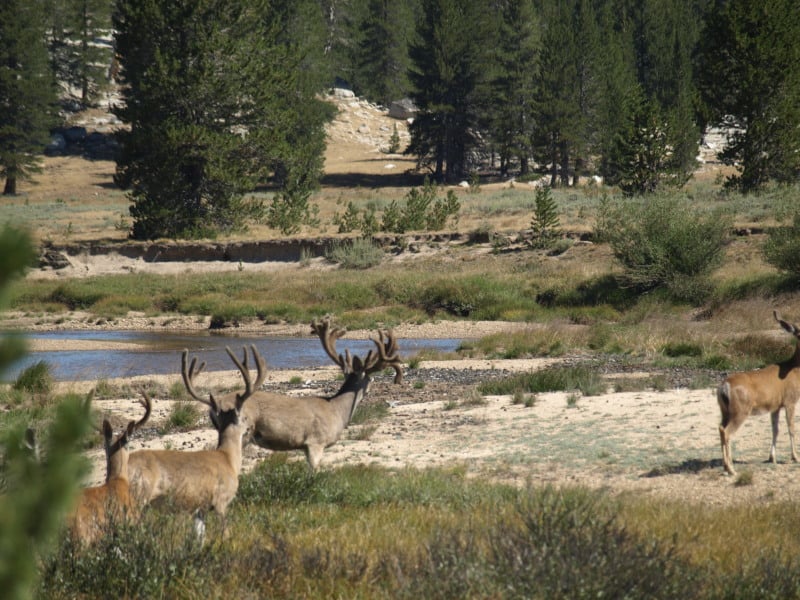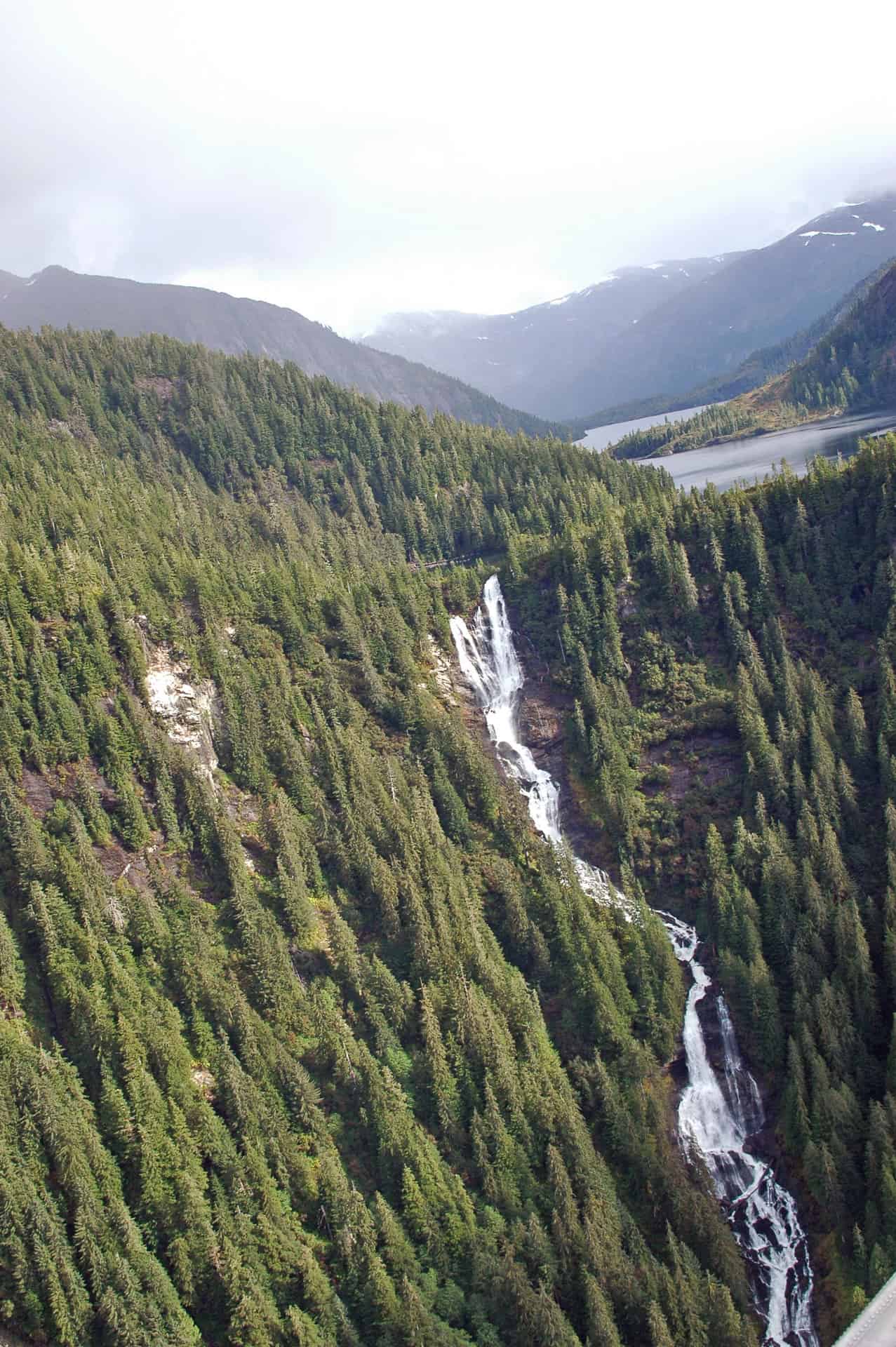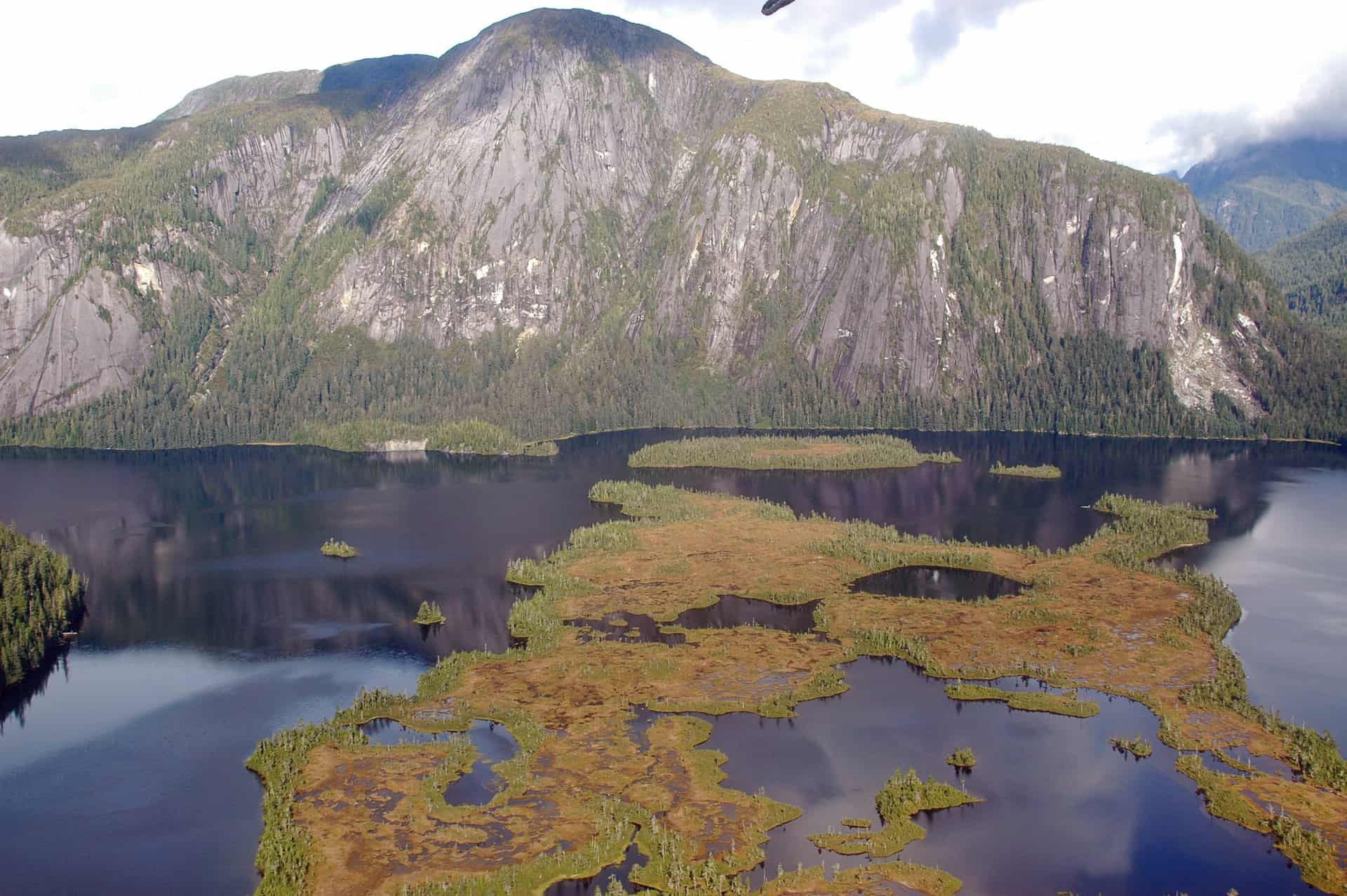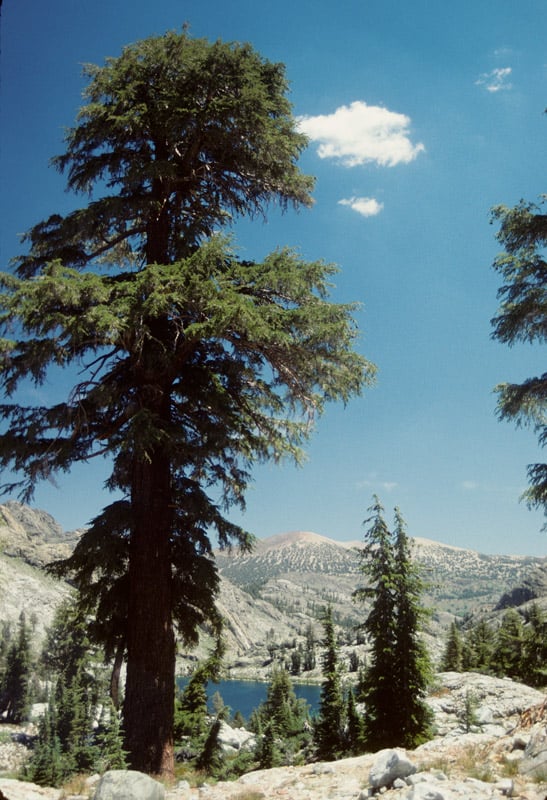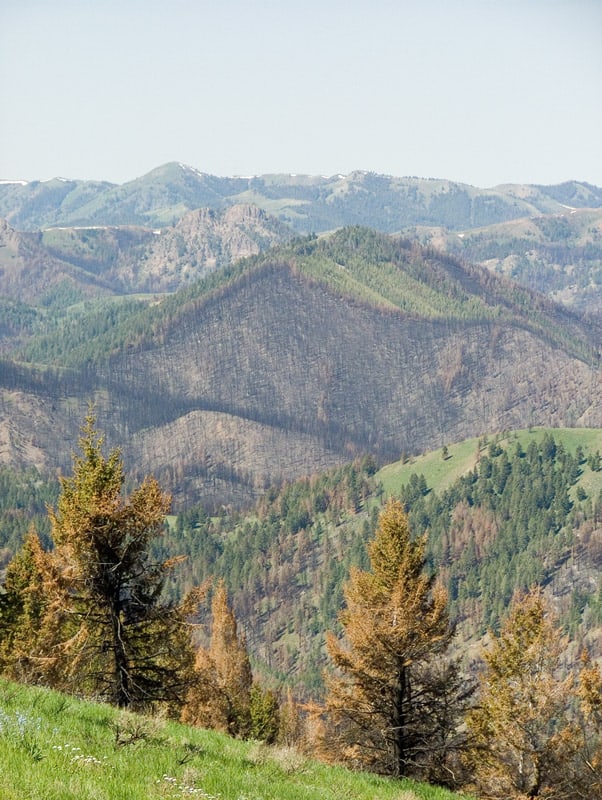
First, let’s go back to the Mike Dombeck quote I cited previously from this article in Forest History:
The most enduring and powerful maxim of business is that “money flows to things people want.” People want their cultural heritage protected, clean air and water, healthy forests and rangelands, good hunting and fishing, sustainable supplies of timber and forage, etc.
Actually, Mike’s only listing of recreation was hunting and fishing on this list, but recreation is clearly the #1 use of the national forests by people of the U.S. (and other countries).
Friday, I reviewed the history of the sustainability concept in various planning rules. In the 2012, a new concept hit the street. This is “sustainable recreation”. I know all of you who are specific and careful about words are wondering “what’s up with that?” doesn’t everything have to be sustainable? Why single out recreation to be called “sustainable recreation” every time?
Well, it’s not really clear but I guess it’s because there is an internal strategy/framework about “sustainable recreation.” Here is a link to a document about the strategy from 2010. The strategy is an easy read, and makes a great deal of sense. I thought it was well done, even though I’m not usually a fan of “strategies.” I didn’t find anything particularly novel, although I’d be interested in what readers of this blog think.
However, I wonder about the “sustainability” (ink, paper, electrons) of adding an extra word (sustainable) every time you write about one of the multiple uses in a regulation when it’s already required to be sustainable.
So let’s see how it is talked about in the 2012 Rule.
The final rule provides direction for sustainable recreation throughout the planning process. The final rule retains the term ‘‘sustainable recreation’’ to recognize that planning should identify, evaluate, and provide a set of recreational settings, opportunities and access for a range of uses, recognizing the need for that set to be sustainable over time.
Again, everything has to be sustainable so…??
Ah so now we encounter the Directives, let’s look at BRC’s comments:
E. The draft Handbook at 23.22b – “Sustainable Recreation Resources” and “Opportunities to Connect People with Nature” Does Not Properly Track the Rule
The draft Handbook inappropriately modifies the definition of Sustainable Recreation. Again, the Handbook contradicts the Rule, and whether intentionally or otherwise sets up the agency to fail the newly-configured duty to provide “sustainable recreation.” The Rule states: Sustainable recreation. The set of recreation settings and opportunities on the National Forest System that is ecologically, economically, and socially sustainable for present and future generations.
(36 CFR 219.19)
The draft Handbook modifies this definition here:
Plan components must provide for sustainable recreational settings, opportunities, and access. Sustainable recreation opportunities and settings are those that are economically, socially, and ecologically sustainable for the future. To be sustainable, the set of recreational settings and opportunities must be within the fiscal capability of the planning unit, be designed to address potential user conflicts among recreationists, and be compatible with other plan components including those components that provide for ecological sustainability.
(Chapter 20 at 23.22b Page 80 underline emphasis added) I
Ironically, the Rule’s definition of “sustainable” recreation troubled agency recreation staff, who proposed changes to the definition that they feared would “set the bar too high.” See email correspondence dated Oct. 13, 2011 (AR 0125036-0125039). The draft Handbook not only ignores but builds on these fears, again with the effect of creating an unnecessarily high burden.
Most, if not all, USFS Programs are not adequately funded. Indeed, the shortfall in the roads maintenance budget, and the trail maintenance backlog for trails in designated Wilderness, is well documented. The language here raises the concern that the agency may attempt to rely on lack of funding as an excuse for lack of effort and creativity in comprehensive recreational planning and motorized recreational travel planning specifically.
That’s the BRC point of view.. my point of view is … let’s call things as they are and not redefine commonly used expressions like sustainable, (or restoration, for that matter) to mean something different. It seems like you are trying to put something over on the public rather than clarifying your intentions and being transparent.
If the FS means ” there’s a great many multiple uses, but only recreation will be subject to the “fiscal capacity” test. I wouldn’t call that “sustainable” because it doesn’t have the same meaning as other uses of the term. I would call it “fiscally prudent” recreation approach. Other proposed terms are welcome in the comments. In English, are they thinking:
We fully recognize that recreation is the most popular to the citizens of the US who provide this funding. We also value our partnerships, volunteers and other ways (outlined in the Sustainable Recreation Framework).
But we are holding recreation to a higher standard than any other use, because ______.
I’m trying to understand how they would fill in the blank.
It seems to send a message “we’re not so sure we want you recreationists out there, despite all the partnerships and volunteering” which could ultimately be a funding death spiral. Not enough money, we’ll kick you out, you won’t want to fund the FS, therefore fewer people and shoddier facilities, so more will be kicked out..
As Mike Dombeck said above, “money flows to things people want.”
Or perhaps recreationists aren’t organized enough across the motorized and non-motorized spectra to resist, as oil and gas, timber or ranching might be, so they are an easy target for integrity- promotion? Or maybe it just sounded like a good idea to someone and was stuck in the directives randomly?
Maybe someone can shed some light on this.
